The Gift of South Dakota
Subscriptions to South Dakota Magazine make great gifts!
Subscribe today — 1 year (6 issues) is just $29!
Forever Close to Home
Feb 3, 2021
You could always hear his voice above the crowd.
Every Fourth of July, hundreds of people come to Memorial Park in Lake Norden to cap off the city’s Independence Day celebration with an amateur baseball game and fireworks. It’s a popular time for school and family reunions, so people who grew up in Lake Norden often find their way back. The ball game is a good time to catch up if you missed the pork barbecue the night before, so there’s a constant buzz of conversation humming throughout the park as the game is played.
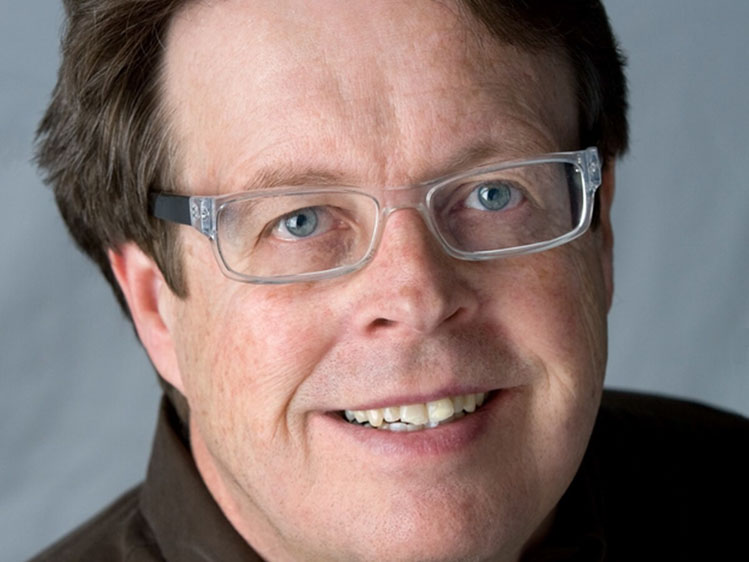 |
| Mel Antonen |
Mel Antonen’s voice always stood out. He’d grown up in a house right across the street from the ballpark and did every job imaginable as his father, Ray, managed the Lake Norden Lakers: groundskeeping, announcing, scorekeeping and, eventually, playing. It was small town baseball that launched him on his career as a journalist covering Major League Baseball for USA Today, Sports Illustrated and, most recently, Sirius Radio and Mid-Atlantic Sports Network in Washington, D.C. But no matter what major league city he found himself in, or what superstar he was interviewing, his thoughts were never far from Lake Norden. He came back on the Fourth of July as often as he could; it pained him to miss even a single year. He sometimes regaled friends with stories from his reporting, but more often than not they relived their own days on the diamond or reminisced about the colorful characters they all remembered. He stayed connected to Lake Norden, and in doing so became a mentor to many of us who grew up there.
Antonen died on January 30 at age 64. For 383 days, he battled a rare autoimmune disease called hemophagocytic lymphohistiocytosis (HLH) that became compounded by COVID-19 and lymphoma, a combination so unlikely that doctors told him he was probably the only person in world battling all three at once.
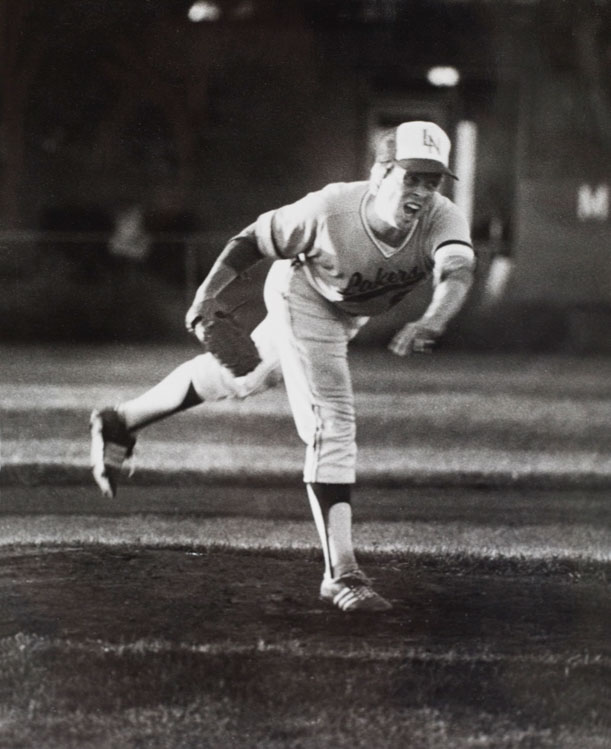 |
| Antonen on the mound in Lake Norden. |
As a kid growing up in Lake Norden, I loved it when Mel came home because I felt like it gave me an inside connection to the world of professional baseball. I’d ask about my perennially hapless Chicago Cubs, and he’d share some nugget he’d gotten at the winter meetings or through interviews. We’d talk about new ideas for exhibits inside the South Dakota Amateur Baseball Hall of Fame, which Ray was instrumental in bringing to Lake Norden and which remained a passion project for Mel.
Our relationship changed in the summer of 2007. I had finished school and was trying to figure out if more education was in my future or if I needed to find a job. With a wife and two kids, my sensibilities pulled me toward employment, so I brought my resume and a few writing samples to the South Dakota Magazine office.
Bernie Hunhoff told me they didn’t have a need for a writer, but there was a marketing position open and that he’d review my materials and get back to me. About a week later he called and offered me the job.
I knew that I probably wasn’t cut out for marketing, but this was South Dakota Magazine. I honestly didn’t know what to do. I needed advice. So I called Mel, who told me as politely as he possibly could that I would be an idiot if I didn’t take it. The marketing thing fizzled out, as I had suspected, but nearly 14 years later I’m still here, and I have Mel to thank, at least in part. I know he was there for others, too.
Suddenly I was working with Mel, which never felt quite right. Me, editing the guy who’d spent two decades at USA Today? I wasn’t sure about that.
He was always emailing me with story ideas. Even though his job took him to major league baseball parks around the country and interviews with the sport’s leading stars, he never stopped thinking about the next South Dakota baseball story he wanted to write.
The first major feature of his that I edited was about six longtime amateur baseball managers in South Dakota, and the dedication that it takes from them to keep a team going. We headlined it “Love for the Game” because it really seemed to capture the passion they all had for small-town baseball, but looking back I think it clearly reflected the passion of the writer just as much.
 |
| Brothers Rusty (left) and Mel Antonen as Lake Norden Lakers. |
He worked through his illness, not only for his regular job on the East Coast but on pieces for South Dakota Magazine. Just last fall he finished a story that had long been discussed around Lake Norden but never written down. I’d grown up hearing about the time the great pitcher Satchel Paige came to Lake Norden on a barnstorming tour. The whole town was abuzz for the game, but it quickly turned to anxiousness when the time for the first pitch arrived and Satchel was nowhere to be found. Turns out that Satchel ran into two boys (one of whom happens to be my cousin) and they all went fishing together south of town. The rest of the story is in our September/October 2020 issue.
Sometimes Mel would email just to reminisce about playing baseball in Lake Norden. One day we got on the subject of the state amateur tournament. He told me he hit a double in his first state tournament at-bat in Madison. “I could hear Danny Olson’s play-by-play voice when I got to the plate. My knees were shaking,” he said. “I also remember striking out three or four times versus Dave Gassman of Canova in the quarterfinal game.”
Then there was the year the hometown Lakers lost to Eureka 6-5 in the semifinal game. “The game ended when manager Dale Jacobsen had our best base stealer, Mike Murphy, try to steal second with two outs in the ninth inning. He was out on a close call, and Jake argued and argued, following the umpire all the way to his car. Jake was still arguing as the umpire was taking off his equipment and putting it into the trunk.
“Chad Lavin, Steve Brown and I were pick-up players from Bryant's Legion team. I didn't play, but I'll never forget the sinking feeling that goes with a season that ended like that.”
One day, he wrote to tell me about an amazing South Dakota connection he’d experienced in Washington, D.C. “I have been going to breakfast at a dive bar on the Hill for a long time,” he said. “The other day, I was there meeting a friend. The friend was late, and I ended up talking to one of the waitresses about baseball. She started talking about how her dad played ‘amateur baseball,’ but didn't tell me where.
“’You wouldn't know where,’ she said.
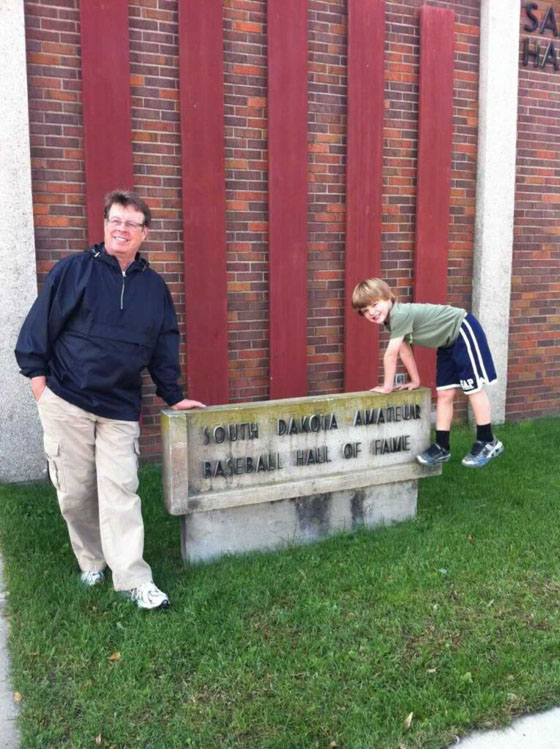 |
| Antonen and his son Emmett at the South Dakota Amateur Baseball Hall of Fame in Lake Norden. |
“But we continued to talk. I found out she was from Arlington, and her dad was Hall of Fame pitcher Chuck Petersen. She’s donated money to the Hall. Her dad and my dad were close friends, teammates, rivals.
“I would have never continued the conversation had she not said, ‘amateur baseball,’ which is, in my mind, is a phrase that you only hear in South Dakota.”
And, for much of the last year, there were health updates. “Survived one near death disease and COVID-19 is next to be knocked out,” he wrote last April 23 with the hashtag #finntough, ever proud of his Finnish heritage.
“I am in hospital, but I am feeling fixed and should be able to go home today,” he wrote a month later, while double checking details of the Satchel Paige story.
“Still battling HLH, but we hope to have it in remission by the end of November,” he said in the last message I ever received from him three months ago. But in the end the diseases proved too much for even a tough old Finlander from Lake Norden.
One of my favorite stories about Mel came from an interview he did with Cal Ripken, Jr., the longtime shortstop of the Baltimore Orioles and the holder of baseball’s longest consecutive games played record at 2,632. Mel asked Ripken about playing in Baltimore and what made it different from other major markets like New York and Boston. Did he ever think about playing somewhere else? “Mel,” Ripken said, “you just don’t understand what it’s like to play baseball in a small town.”
Mel knew it better than the Iron Man ever would have realized. It’s what brought him back every Fourth of July. He stayed connected to Lake Norden and to South Dakota, the people and the stories, and we’re all richer for it.


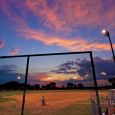
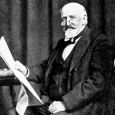
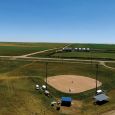

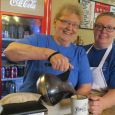
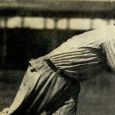


Comments
Lisa Nipp (Mel’s wife, who had never even been to SD before meeting Mel)
His words, both in his stories and in private conversations online, were always positive and rewarding. I recall a piece he wrote for the Argus about pitching to Tony Oliva in Lake Norden. Mel was in a reverie — until Tony O smashed a liner past his ear.
Mel was a wonderful man and writer. He deserved more innings.
Mel called me a couple of times during the last year and as always we talked a lot about MLB or Lake Norden. He almost never said anything about his illness unless I asked pretty specifically. The only thing that really alarmed me when we talked in early November was when I asked if he had gained back the weight he had mentioned last summer he had lost about another 30 pounds or so. But he seemed so upbeat that I am still finding it hard to believe he finally succumbed.